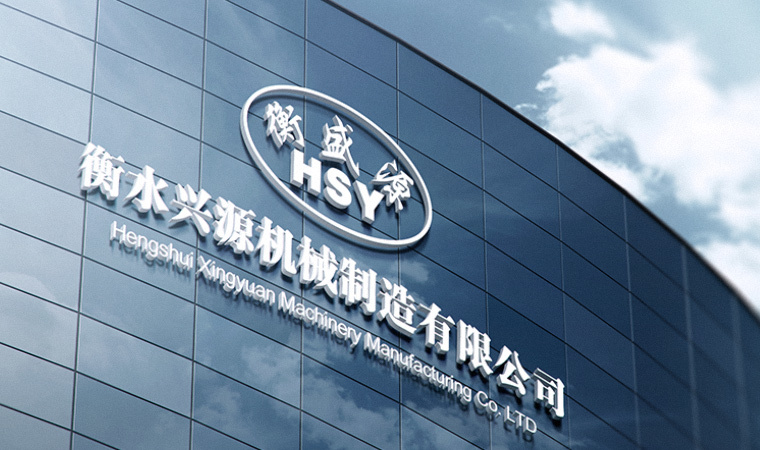Component welding: group welding of inner plate, shaft head, bushing, blocking plate, inner tube, etc., the inner tube is statically balanced within 50g, the inner tube is drawn with a spiral line, and the flat steel runner is welded.
Car distribution, installation, welding: distribution of car inner tube, size and outer tube interference 0.4mm, two-plate back welding angle of 15X30 degrees, grinding inner tube, cleaning slag, inspecting inner tube size and outer tube inner diameter size Whether it is suitable, the heating sleeve is in place, and the whole assembly is welded after cooling and shrinking. (Note: 45# steel is heated before welding and heat preservation after welding).
Annealing, rough turning, quenching: annealing heat treatment, process quenching and tempering, multiple stress relief, leave allowance for rough turning, static balance, greater than 50g, need to calculate the amount of bias, and borrow on the lathe.
Quenching: The surface hardness should be HRC58°—60°, and the roller surface has no tortoise cracks. Fine turning and rough grinding: two-axis heads repair the pin hole, two-axis heads to the roller surface runout <0.05, according to the requirements of the drawing to process the length to the size, and the outer circle is left with a margin, 0.5—0.6. The grinding support circle is used as the bracket position. According to the requirements of the figure, the grinding roller surface size, Ra0.5 two shaft heads to the roller surface runout <0.02.
Dynamic balance, electroplating, fine grinding: Do dynamic balance G40, plug the vent, do pressure test without leakage, do water pressure smooth test. Hard chromium electroplating, 0.15 chromium layer on one side is uniform without pinholes, shedding and other defects. The two shaft heads are precisely ground, and the two bearing blocks are opposite to the roll surface run-out <0.01 roughness 0.8. The gears of the remaining shaft heads are ground to the tolerance range.
Frosted and finely polished mirror surface: Use a disc grinder to grind the surface of the roller to inspect the surface of the roller without water ripples, spirals, pinholes, flies and other defects. On the polishing machine, the surface of the roller is polished to a roughness of Ra0.01—0.005 (the finish is up to 14) to achieve a super mirror surface. Hardness HRC62° after chrome plating and polishing.
Hollow welded quenching rollers require high hardness and narrow soft belt requirements. In the actual processing process, they are affected by the heat treatment tempering temperature and welding preheating temperature, which makes it difficult to guarantee the final hardness; in addition, the roller sleeve material is 45# steel. In addition to quenching and welding, the width of the soft belt must be ensured, which increases the process difficulty between hot and cold processing and welding.














